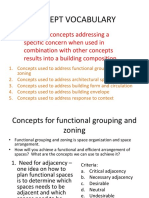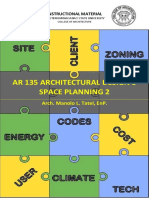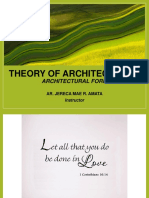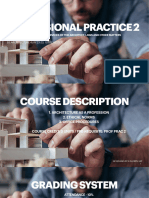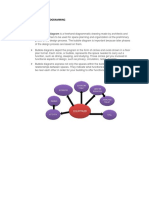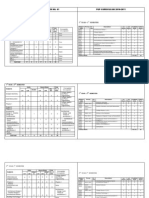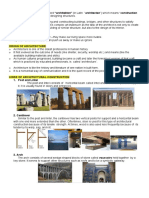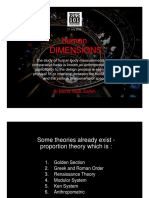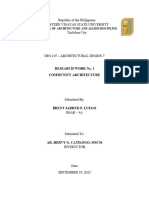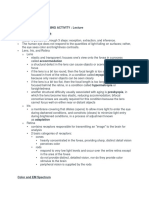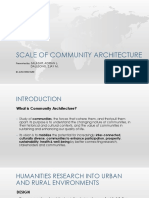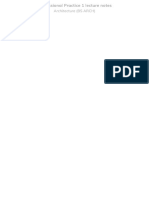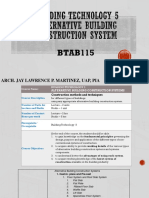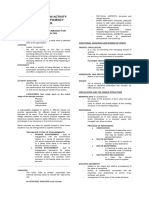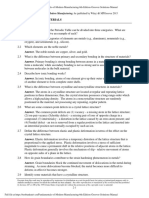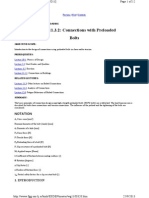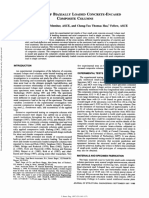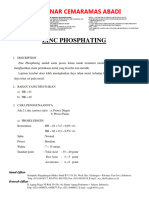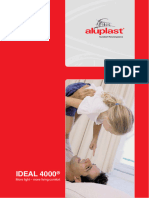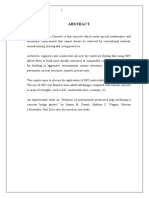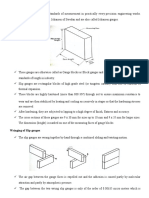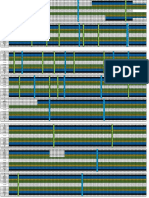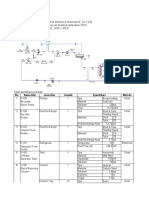0% found this document useful (0 votes)
392 views12 pagesArc215: Building Structures I: Basic Structural Elements
This document discusses the basic structural elements used in building construction. It defines seven main structural elements: [1] beams, which carry loads through bending and shear; [2] arches, which transmit loads through compression; [3] columns, which carry vertical loads in compression; [4] trusses, which are triangular frameworks that carry loads in axial tension or compression; [5] cables, which are flexible tension members; [6] shells, which are curved surfaces that carry loads through their geometry; and [7] slabs or plates, which are horizontal planar elements that carry loads through bending. The document provides examples of each structural element and how they are used in buildings.
Uploaded by
drawberryCopyright
© © All Rights Reserved
We take content rights seriously. If you suspect this is your content, claim it here.
Available Formats
Download as PDF, TXT or read online on Scribd
0% found this document useful (0 votes)
392 views12 pagesArc215: Building Structures I: Basic Structural Elements
This document discusses the basic structural elements used in building construction. It defines seven main structural elements: [1] beams, which carry loads through bending and shear; [2] arches, which transmit loads through compression; [3] columns, which carry vertical loads in compression; [4] trusses, which are triangular frameworks that carry loads in axial tension or compression; [5] cables, which are flexible tension members; [6] shells, which are curved surfaces that carry loads through their geometry; and [7] slabs or plates, which are horizontal planar elements that carry loads through bending. The document provides examples of each structural element and how they are used in buildings.
Uploaded by
drawberryCopyright
© © All Rights Reserved
We take content rights seriously. If you suspect this is your content, claim it here.
Available Formats
Download as PDF, TXT or read online on Scribd
/ 12









